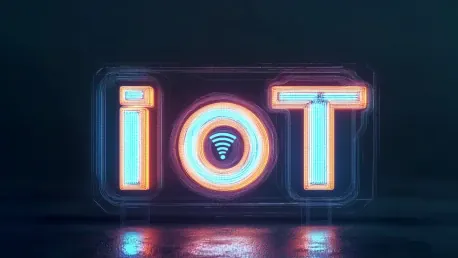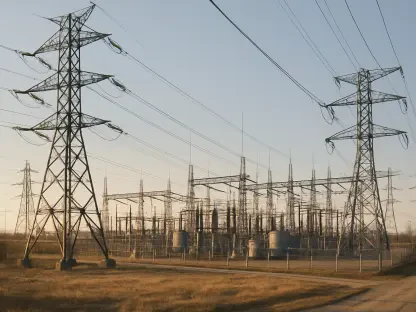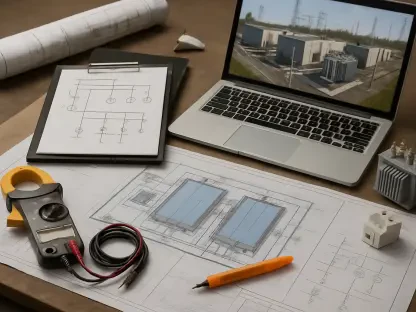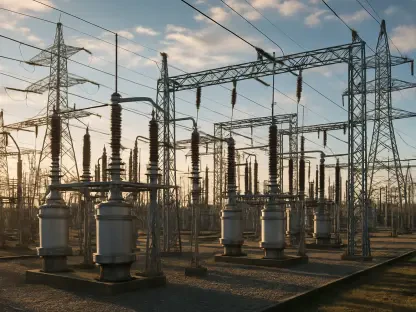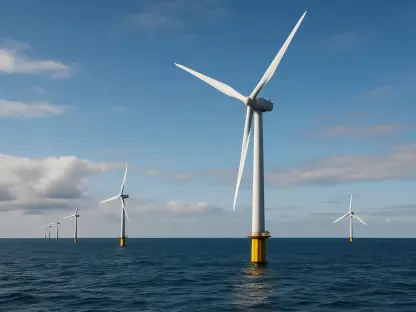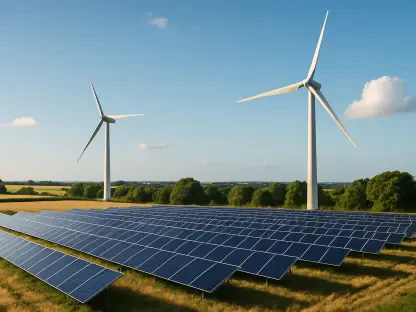The utility sector, responsible for providing communities with essential services such as electricity, water, and gas, faces unprecedented challenges. Demand, infrastructure, and sustainability concerns weigh heavily on conventional frameworks, which are inadequate to deal with modern requirements.
As a result of these pressures, utility companies are seeking new solutions. Many emerging technologies look promising, but the most exciting prospect is the Internet of Things (IoT). Read on to learn how it might improve utilities’ performance by improving processes, lowering costs, and supporting eco-friendly practices.
Infrastructural Decay is A Major Challenge
Energy providers are under tremendous strain between adapting to the market, responding to the environment’s needs, cities getting smarter, and accommodating the growing population. Infrastructural decay is currently one of the most significant problems. Taking just one look at outdated electric power grids and water distribution structures is enough to make the contrast to this increasingly complex and dynamic world stark.
Besides the issue of obsolete infrastructure, gas and electric companies face rigorous emissions regulations. To make matters worse, they are expected to comply with them without overbearing expenses while maintaining consumer reliability. To meet these requirements, the sector’s competence will depend on its preparedness to adopt contemporary technologies that enhance sustainability and efficiency.
The Heart of Transformation in the Utility Sector
IoT is the lifeline of the existing changes in the utility sector. It is a network of connected devices such as smart meters, power grid sensors, and enhanced water distribution systems. Utility businesses use them to collect superior facility data to make better decisions.
Apart from smart device integrations, several innovative technologies, such as advanced analytic platforms, automated infrastructure, and AI, are used in utility operations. These frameworks use inputs provided by connected apparatus to give feedback and recommendations, estimate future requirements, and replace highly labor-intensive activities, thereby increasing general productivity.
Reducing Downtime and Boosting Efficiency with IoT
In the following sections, you will learn the key benefits of boosting essential services with automation, focusing on resource management, asset maintenance, analytics, and customer relations:
1. Smarter Resource Allocation
By including IoT devices in service networks, firms can maximize resources like energy, water, and gas. Smart sensors monitor consumption, identify downtime, or notify that part of a grid has become inefficient. This, in turn, allows the business to allocate the available supply and minimize wastage. For example, updating legacy infrastructure with the latest detection technology provides a much better understanding of asset status and helps companies understand the condition of their assets. This information lets them decide when to repair, maintain, or replace parts.
2. Anticipating Failure Through Predictive Maintenance
The greatest strength of interlinked gadgets is that they can predict equipment failure before it occurs. A business can identify potential end-of-life signs by looking at real-time data from a pump, motor, or meter. This makes preventive maintenance possible, thus reducing the prospect of costly production losses and effectively preserving the company’s infrastructure. It also allows organizations to address hitches before disruptions occur instead of waiting for a system to fail.
3. Optimizing Infrastructure
IoT enables utility companies to gather big data, providing valuable information about everything from load management strategies to compliance reports. The process is designed to ensure that not only price but operational goals are being met. Further, an extensive database means better investment in infrastructure where needed most, with attention to crucial areas that require improvement.
4. Empowering Customers with Real-Time Data
Another benefit of interlinked devices for businesses that interact with clients is an improved customer experience. Automated meters and home energy management systems allow people to see their energy use from vendors in real time. This encourages the public to use energy-saving practices because they better understand their habits and activities. In return, providers can offer personalized pricing and send reports about service interruptions, which further improves client satisfaction.
Overcoming Barriers to IoT Adoption in Utilities
Despite the many benefits, implementing IoT solutions in the utilities sector also presents challenges:
1. Cybersecurity Risks
Where data flows through more connected devices, people share more information, which means security is vulnerable. To protect sensitive information, essential providers should focus on three key measures: encrypting data, using secure authentication methods, and monitoring activities in real time. Securing networks is crucial in today’s business world to retain consumers’ confidence and prevent breaches.
2. Workforce Skills Gap
Deploying IoT frameworks also demands skilled staff capable of overseeing and analyzing ‘big data.’ Utility companies often lack the resources or ability to hire staff with these specialized skills. As a result, they have to hire niche companies to handle the entire integration process. To maximize the value of digital automation, essential service firms will have to hire or train professionals with knowledge in data analysis, predictive analytics, systems management, and administration.
3. Initial Investment Costs
Some IoT devices require an initial cost before implementation. Installing sensors, infrastructure, and new software is very expensive. However, these investments are generally compensated later through enhanced efficiency, reduced downtime, and practical resource usage. The difficulty lies in selecting suitable assets that guarantee the deployed technologies meet required standards or are optimally suitable for the business.
Looking Ahead: The Future of Utilities with IoT and Smart Technologies
This new, digitally based economy demands businesses upgrade and automate their processes. Add customer-centricity and technologies such as Ambient Intelligence (AmI) and AI to the equation, and it is easy to see utility companies have their work cut out for them. They have to exert much effort to enhance effectiveness, rationalize resource usage, and develop energy conservation schemes for consumers.
Still, most organizations implement outdated software that makes it difficult to meet smart city initiatives. Conventional billing methods also make it difficult to achieve cost containment, improve the client’s experience, and promote sustainable practices.
Moreover, utilities need to handle large volumes of customer information, and integration is also required for metering customers and billing purposes. As we move beyond 2024, adapting quickly to market demands and stabilizing customer satisfaction is no longer an option.
